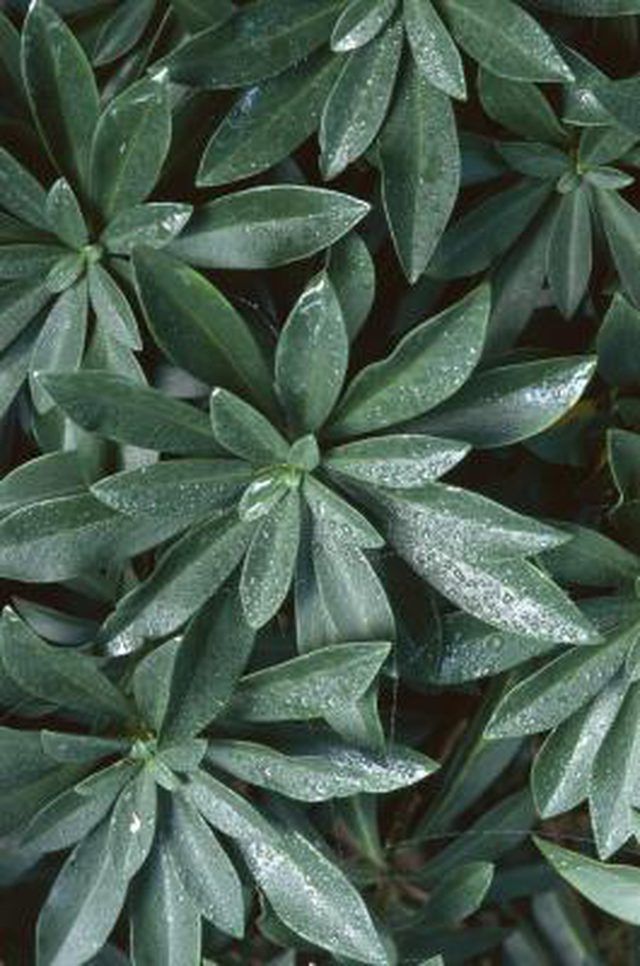Bulbs
Flower Basics
Flower Beds & Specialty Gardens
Flower Garden
Garden Furniture
Garden Gnomes
Garden Seeds
Garden Sheds
Garden Statues
Garden Tools & Supplies
Gardening Basics
Green & Organic
Groundcovers & Vines
Growing Annuals
Growing Basil
Growing Beans
Growing Berries
Growing Blueberries
Growing Cactus
Growing Corn
Growing Cotton
Growing Edibles
Growing Flowers
Growing Garlic
Growing Grapes
Growing Grass
Growing Herbs
Growing Jasmine
Growing Mint
Growing Mushrooms
Orchids
Growing Peanuts
Growing Perennials
Growing Plants
Growing Rosemary
Growing Roses
Growing Strawberries
Growing Sunflowers
Growing Thyme
Growing Tomatoes
Growing Tulips
Growing Vegetables
Herb Basics
Herb Garden
Indoor Growing
Landscaping Basics
Landscaping Patios
Landscaping Plants
Landscaping Shrubs
Landscaping Trees
Landscaping Walks & Pathways
Lawn Basics
Lawn Maintenance
Lawn Mowers
Lawn Ornaments
Lawn Planting
Lawn Tools
Outdoor Growing
Overall Landscape Planning
Pests, Weeds & Problems
Plant Basics
Rock Garden
Rose Garden
Shrubs
Soil
Specialty Gardens
Trees
Vegetable Garden
Yard Maintenance
How to Fertilize Laurel
How to Fertilize Laurel. True laurel (Laurus nobilis) and mountain laurel (Kalmia latifolia) both thrive in acidic soil environments. These shrubs typically are allowed to grow to between 4 and 8 feet tall, but if not pruned, they can develop into trees which reach heights of up to 40 feet. Fertilizing laurels is similar to fertilizing other...

True laurel (Laurus nobilis) and mountain laurel (Kalmia latifolia) both thrive in acidic soil environments. These shrubs typically are allowed to grow to between 4 and 8 feet tall, but if not pruned, they can develop into trees which reach heights of up to 40 feet. Fertilizing laurels is similar to fertilizing other acid-loving plants, such as azaleas and rhododendrons.
Things You'll Need
Rake
10-10-10 granular, slow release fertilizer
Garden sprayer (optional)
Iron sulfate (optional)
Soil pH tester probe
Acidic granular fertilizer (optional)
Wait until the early spring, when no chance of frost remains, to fertilize the laurel shrubs as soon as you see new green color. Do not fertilize until the ground is complete thawed.
Rake the soil under the laurel to remove leaves, mulch and other debris from winter. If the material does not look moldy or diseased, mound it up for reuse. Otherwise, place the material into a trash can or a compost area.
Open a bag of 10-10-10 time-release fertilizer and spread it over the soil under the laurel. Use 1 lb. of fertilizer granules for every 100 square feet of soil. Begin applying the fertilizer at least 2 inches from the trunk of the laurel to prevent burning.
Rake the mulch back into positron to protect the shrub roots and to conserve soil moisture.
Look closely at the leaves of the laurel on a regular basis to determine if any of the new ones are yellow, which indicates an iron deficiency. If yellow leaves occur, fill a garden sprayer with 1 gallon of water and 1 oz. of iron sulfate. Spray all foliage until saturated. Wait two weeks and spray the foliage again.
Tips & Warnings
Check the pH level of the soil near the laurel twice per year by inserting a soil pH tester probe into the ground. If the pH level is higher than 6.0, it is not acidic enough. In these cases, apply a granular fertilizer formulated for azaleas or rhododendrons to adjust the soil pH.
Never add lime to the soil near laurel shrubs, since it alters the pH of the soil negatively.